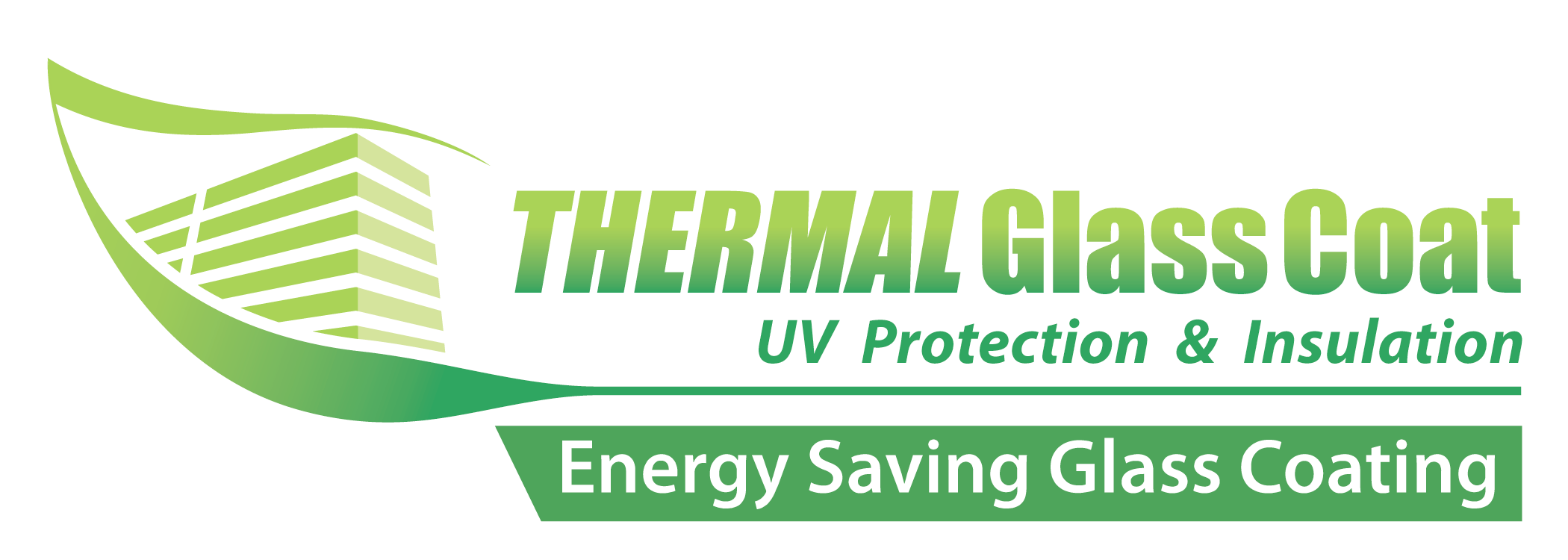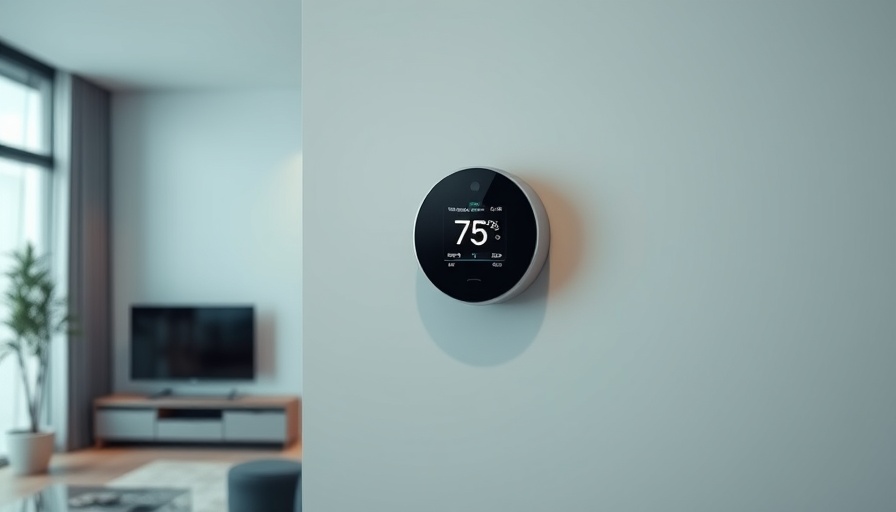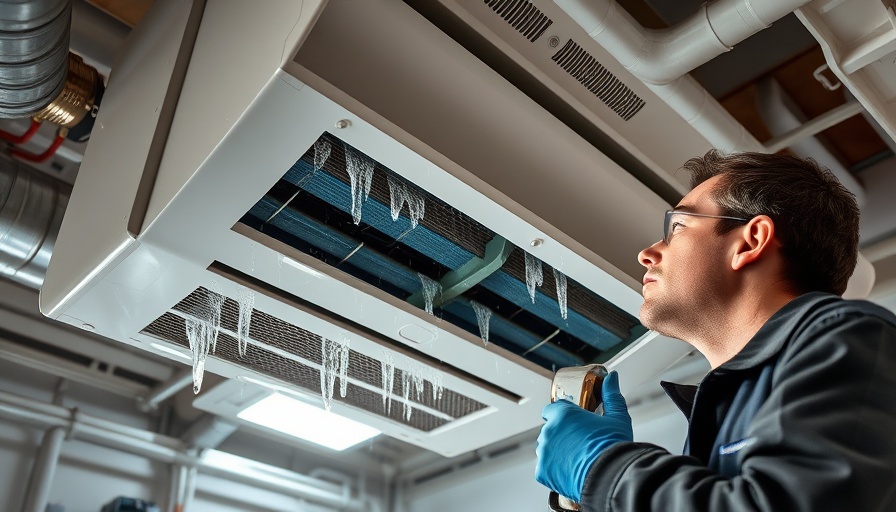
What to Do When Your AC Fails During a Heatwave
As the summer heat surges, a failing air conditioning system can quickly escalate from a minor inconvenience to a critical situation. Homeowners should remain aware of the danger posed by rising indoor temperatures, as prolonged heat can lead to serious health risks. If your AC unit quits in the midst of a heatwave, here's a practical roadmap to navigate this stressful situation effectively.
Step 1: Verify the AC Is Truly Off
Initially, it’s crucial to confirm that your AC has indeed malfunctioned. Begin by checking the thermostat settings. Ensure it's set to "cool" and that the desired temperature is lower than the current room temperature. If your thermostat relies on batteries, replacing them may solve the issue. Next, inspect the circuit breaker, as power surges can inadvertently trip it, causing the air conditioning unit to shut down. If you find the breaker flipped, reset it and observe if it stays on.
Step 2: Attempt Simple Fixes
Before concluding that professional help is necessary, take a moment to perform a few basic troubleshooting steps. Start by replacing the air filter, as a clogged filter restricts airflow and can lead to further complications, such as overheating or system freeze-ups. Additionally, clear away any debris that might obstruct the outdoor unit. If ice is visible on your system, turn off the AC and switch to the fan mode to promote thawing, which may take several hours.
Step 3: When to Call for Professional Help
If your air conditioning unit persists in blowing warm air, it’s time to reach out for emergency HVAC repair. Clearly communicate the troubleshooting steps you’ve attempted, which will assist technicians in diagnosing the issue more efficiently. If a failed compressor is suspected, consider seeking a second opinion to ensure you’re not undertaking unnecessary costs.
Step 4: Maintain Coolness While You Wait
While awaiting a professional technician, there are several ways to stay cool. Close curtains and blinds to minimize heat gain from sunlight. Use fans wisely—position them to circulate cooler evening air or create a makeshift cooler by directing them over a bowl of ice. Finally, avoid using heat-generating appliances and consider opting for meals that require no cooking.
By following these steps, homeowners can take charge even in the aftermath of an AC failure, ensuring that they stay as comfortable and safe as possible until help arrives.
 Add Row
Add Row  Add Element
Add Element 



Write A Comment